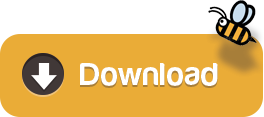Pandas Cheat Sheet Datacamp
At DataCamp, we always look out for ways to help our students, who are all eager to become more data savvy, reach their objectives even faster. That’s why we recently created a series of Python cheat sheets that target people who are using it for data analysis. The ongoing series already covers some of the most important and fundamental topics in data science and are must-haves for anyone that wants to get started with Python for data science.
The Pandas cheat sheet will guide you through the basics of the Pandas library, going from the data structures to I/O, selection, dropping indices or columns, sorting and ranking, retrieving basic information of the data structures you're working with to applying functions and data alignment. Pandas Cheat Sheet: Data Wrangling in Python March 8th, 2017 A Pandas cheat sheet, focused on more advanced data wrangling with this popular Python data manipulation library. And be sure to check out DataCamp's other cheat sheets, as well. Pandas library The Pandas library is one of the most preferred tools for data scientists to do data manipulation and analysis, next to matplotlib for data visualization and NumPy, the fundamental library for scientific computing in Python on which Pandas was built.
This amazing Pandas cheat sheet from DataCamp will help you understand Pandas' fundamentals and how to use them efficiently. №5: Visualization Data visualization is an essential concept in data science, not just in presenting your findings and results but also from the beginning of the project to explore the data and know how to analyze it.
At DataCamp, we always look out for ways to help our students, who are all eager to become more data savvy, reach their objectives even faster. That’s why we recently created a series of Python cheat sheets that target people who are using it for data analysis. The ongoing series already covers some of the most important and fundamental topics in data science and are must-haves for anyone that wants to get started with Python for data science.
And if you haven’t yet, you should consider learning this programming language. Year after year, Python’s popularity is increasing in the data science industry. The use of Python as a data science tool has been on the rise over the past few years: 54% of the respondents of the latest O'Reilly Data Science Salary Survey indicated that they used Python. The results of the 2015 survey showed that 51% of the respondents used Python.
Nobody can deny that Python has been on the rise in the data science industry and it certainly seems that it's here to stay.
So why not start now and make sure that the first steps you take count?
Get a copy of Python for data science cheat sheet and go through DataCamp’s Intro to Python for Data Science course. You’ll cover topics such as variables and data types, strings, lists, the basics of NumPy arrays, and much more. Complete your Python basics with an interactive Python List tutorial, to practice using this built-in data structure in Python for data analysis.
After, it’s time to lay the foundation for learning other data science libraries and dig deeper into (part of) the fundaments of the Pandas and Scikit-Learn libraries: take a look at NumPy, the Python scientific computing library that is excellent for data analysis. You’ll see that this library provides you with an array data structure that is a great alternative to Python lists: it is more compact, allows faster access when you’re reading and writing items, and is more convenient and more efficient overall.
The NumPy cheat sheet will introduce you to array creation, array mathematics, selecting elements (through subsetting, slicing and indexing), array manipulation and much more!
Make sure to use the reference sheet when you’re practicing arrays with DataCamp’s Python NumPy Tutorial or when you go through the Intro to Python for Data Science course. Undoubtedly, you’ll take your first steps with NumPy with confidence!
When you have mastered the basics, it’s time to get your hands dirty and analyze some real-life data. But you cannot start without the Pandas library: it’s all you ever need and want to use if you want to do data manipulation and analysis in Python.
But don’t go in unprepared: take DataCamp’s Pandas Foundations and Manipulating DataFrames with Pandas courses and make sure to keep the Pandas cheat sheet handy when you’re starting the Pandas DataFrame tutorial, where you can get extra practice to use this fast, flexible and expressive data structure.
Just like the tutorial, the cheat sheet not only gives basic information about the Pandas data structures and how to select values or basic statistics from them, but also shows you how inputting and outputting of data, sorting and ranking the data in your DataFrame or Series and data alignment works.
After you have already explored your data with some summary statistics on your DataFrame and manipulated your data in such a way that it’s ready for further analysis, it’s time to visualize your data!
The Bokeh library is the one that you need quickly and easily create interactive plots, dashboards, and data applications. What’s more, Bokeh enables high-performance visual presentations of large data sets in modern web browsers!
This Python visualization library is a powerful tool for your data science toolbox, so why not get started straight away?
First, get a copy of our Bokeh cheat sheet: it will make you familiar with the steps you need to go through to plotting and creating statistical charts. It summarizes how you can prepare your data, create a new plot, add renderers for your data with custom visualizations, output your plot and save or show it. Also, the creation of basic statistical charts will hold no secrets for you any longer.
But don’t just sit around and look at the cheat sheet: take the Interactive Data Visualization with Bokeh course and get the practice you need to become a data viz wizard in no time!
After exploring your data, you’ll have even more detailed research questions. Here’s where modeling your data gets important if you want to find a solid answer for them.
Machine learning is essential to data science; And everybody that says “machine learning” and “Python” in the same sentence, knows that Scikit-Learn is the way to go for machine learning in Python. This library implements a wide variety of machine learning, preprocessing, cross-validation and visualization algorithms with the help of a unified interface.
However, starting to tackle machine learning problems can be a pain: you don’t necessarily know where to start and how to go about it. That’s why the Scikit-Learn cheat sheet is a perfect companion to your first steps with Scikit-Learn: you'll not only see how to load in your data and how to preprocess it, but you’ll also see how to create your own model to which you can fit your data and predict target labels. Validation and tuning of your models to improve performance are also included in the reference sheet. Keep it handy while you’re going through our Scikit-Learn tutorial with character recognition as a topic.
About DataCamp
DataCamp is an online interactive education platform that focuses on building the best learning experience specifically for Data Science.
Anaconda Perspectives
Data Scientists: Bring the Narrative to the ForefrontRead MoreAnaconda Perspectives
Anaconda Perspectives
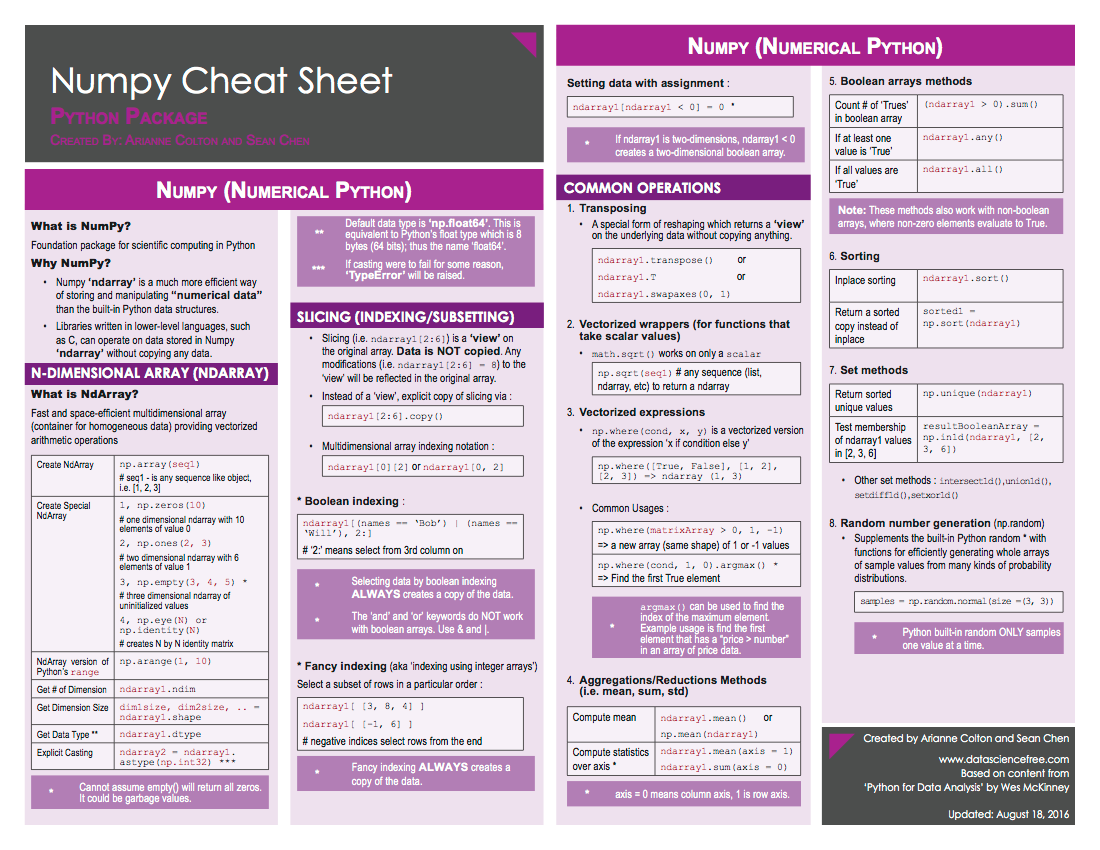 Why Organizations Should Invest in a Chief Data Officer
Why Organizations Should Invest in a Chief Data OfficerBy Karlijn Willems, Data Science Journalist & DataCamp Contributor.
Data Wrangling With Python
A very important component in the data science workflow is data wrangling. And just like matplotlib is one of the preferred tools for data visualization in data science, the Pandas library is the one to use if you want to do data manipulation and analysis in Python. This library was originally built on NumPy, the fundamental library for scientific computing in Python. The data structures that the Pandas library offers are fast, flexible and expressive and are specifically designed to make real-world data analysis significantly easier.
However, this flexibility might come at a cost for beginners; When you’re first starting out, the Pandas library can seem very elaborate and it might be hard to find a single point of entry to the material: with other learning materials focusing on different aspects of this library, you can definitely use a reference sheet to help you get the hang of it.
That’s where DataCamp’s Pandas tutorial and cheat sheet comes in.
Pandas Cheat Sheet
One of the first things that you need to do to make use of this library is importing it. What might come unnaturally to people who are just starting with Python and/or programming is the import convention. However, if you have seen the first cheat sheet, you’ll already have some idea; In this case, the import convention states that you should import pandas as pd. You can then use this abbreviation whenever you use Pandas modules in your code.
That’s very handy!
Pandas Data Structures
You’ll immediately see how this import works when you’re getting started with the Pandas data structures. But what is exactly meant when you talk about “data structures”? The easiest way to think of them as structured containers for your data. Or, if you have already worked with NumPy, these data structures are basically arrays with indices.
Watch this video if you want to know more about how Pandas data structures are connected to NumPy arrays.
In any case, the basic structures that the Pandas library uses are Series and DataFrames. A Series is basically a 1D array with indices. To make a simple Series, you use pd.Series(). Pass a list to this function and, if you want, some specific indices. The result can be seen in the picture on the left-hand side.
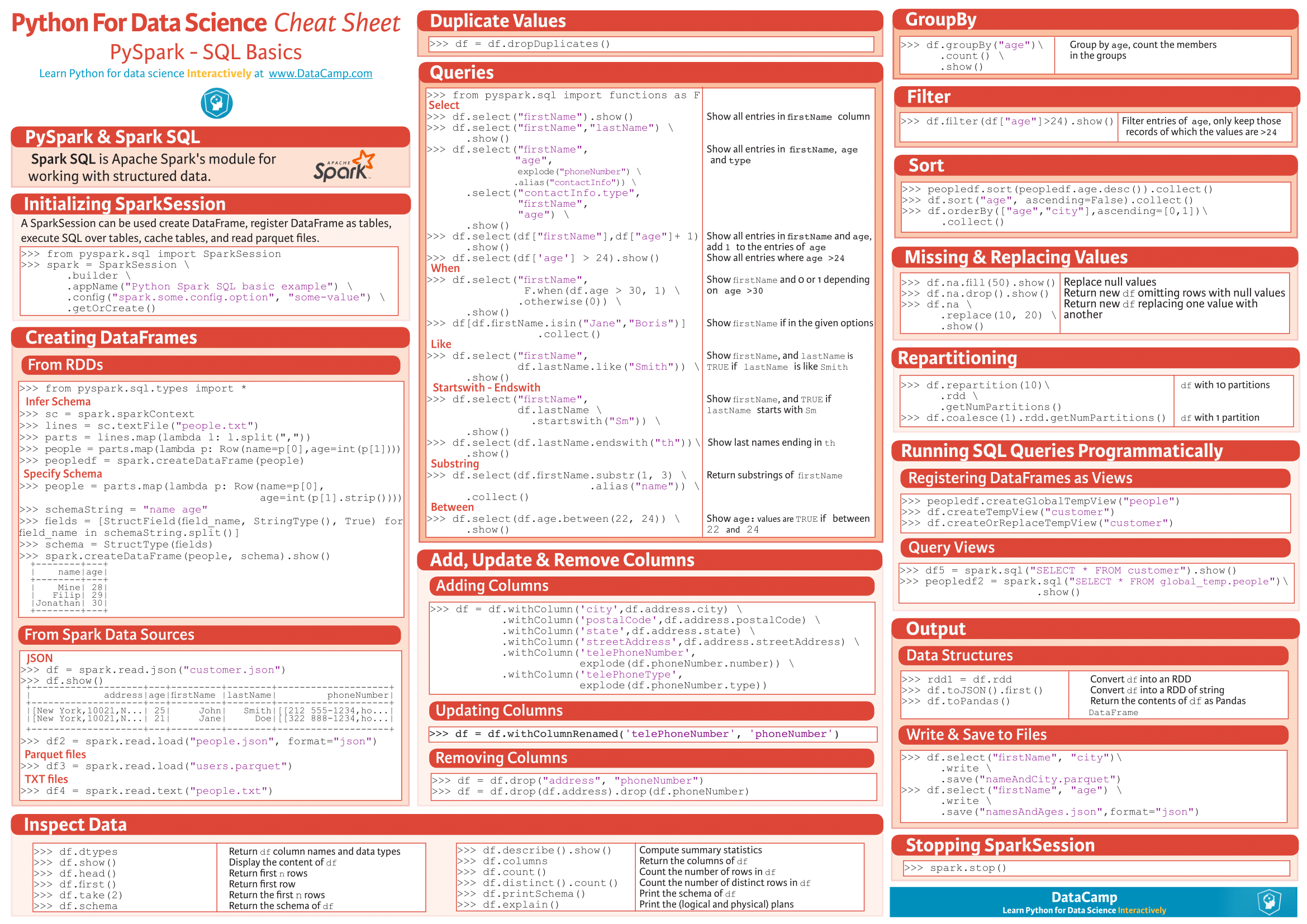
Note that Series can hold any data type.
To create DataFrames, two-dimensional structures that have columns of different data types, you can use pd.DataFrame(). In this case, you pass a dictionary to this function and some extra indices to specify the columns.
I/O
When you’re using the Pandas library for data wrangling, one of the first things that you won’t do is inventing a DataFrame yourself; Rather, you’ll import data from an external source and you’ll put it in a DataFrame so that it becomes easier to handle. As you have read in the introduction, the ultimate purpose of Pandas is to make real-world data analysis significantly easier.
As most of your data won’t necessarily come from text files alone, the cheat sheet includes three ways to input and output your data to DataFrames or files, namely CSV, Excel and SQL Queries/Database Table. These three are considered the three most important ways in which your data comes to you. You’ll see how Pandas has specific functions to pull and push the data in and out these files: pd.read_csv(), pd.read_excel() and pd.read_sql(). But you can also use pd.read_sql_table() or pd.read_sql_query(), depending on whether you’re reading from a table or a query.
Note that to_sql() is a convenience wrapper around the two latter functions. That means that it’s a function that does nothing more than call another function. Likewise, if you want to output your data into files, you make use of pd.to_csv(), pd.to_excel() and pd.to_sql().
Do you want to know more about importing your data with Pandas and using it to explore your data? Consider taking DataCamp’s Pandas Foundations course.
Help!
One of the things that just never seizes to be handy, is the help() function. What you should not forget when you’re using this function is to always be as complete as you can be: if you want to get more information of a function or concept that is included into the Pandas library, such as Series, call pd.Series.
Selection
When you finally have all the information that you need about Series and DataFrames, and you have imported the data into these structures (or maybe you have made your own example Series and DataFrames, just like in the cheat sheet), you might want to inspect the data structures more closely. One of the ways to do this is by selecting elements. As a hint, the cheat sheet indicates that you might also check out how you do this with NumPy arrays. If you already know about NumPy, you clearly have an advantage here!
If you need to get started with this Python library for scientific computing, consider this NumPy tutorial.
And indeed, the procedure to selection is very similar if you already have worked with NumPy. Don’t worry if you haven’t gotten there yet, because it’s easy: to get one element, you use the square brackets [] and put the desired index to it. In this case, you put ‘b’ in the square brackets and you get back -5. If you look back to the “Pandas Data Structures”, you’ll see that this is correct. A similar thing holds for when you’re working with the 2D DataFrame structure: you use the square brackets in combination with a colon. What you put in front of the colon, is the number to designate the row index; In the second example df[1:], you ask for all the rows, starting at index 1.This means that the row with the Belgium entry will not appear in the result.
To select a value based on its position in the DataFrame or Series, you not only make use of the square brackets in combination with the indices, but you also use the iloc() or iat(). However, you can also select elements by row and column labels. As you have seen before in the introduction of the Pandas data structures, the columns had labels: “Country”, “Capital” and “Population”. With the help of the loc() and at(), you can actually select elements based on these labels. Besides these four functions, there is also an indexer that works on labels or positions: ix is primarily label-based but when no label is provided, it will accept integers to indicate the position in the DataFrame or Series from where you want to retrieve a value.
Boolean indexing is also included in the cheat sheet; It’s an important mechanism to select only values that fulfill a certain condition from your original DataFrame or Series. Conditions can easily be specified with logical operators & or | in combination with the operators <, >, or combinations, such as <= or >=.
Lastly, there is also the option to set values: in this case, you change the index a of a Series to the value 6 instead of the original value 3.
Are you interested in learning more about how you can manipulate your DataFrames to get the most of them? Consider taking DataCamp’s Manipulating DataFrames with Pandas course.
Dropping Values
Besides getting, selecting, indexing and setting your DataFrame or Series values, you will also need the flexibility to drop values if you no longer need them. Make use of the drop() to drop values from columns or rows. The default axis that is affected by this functions is the axis 0 or the rows. That means that if you want to remove values from columns, you shouldn’t forget to add the argument axis=1 to your code!
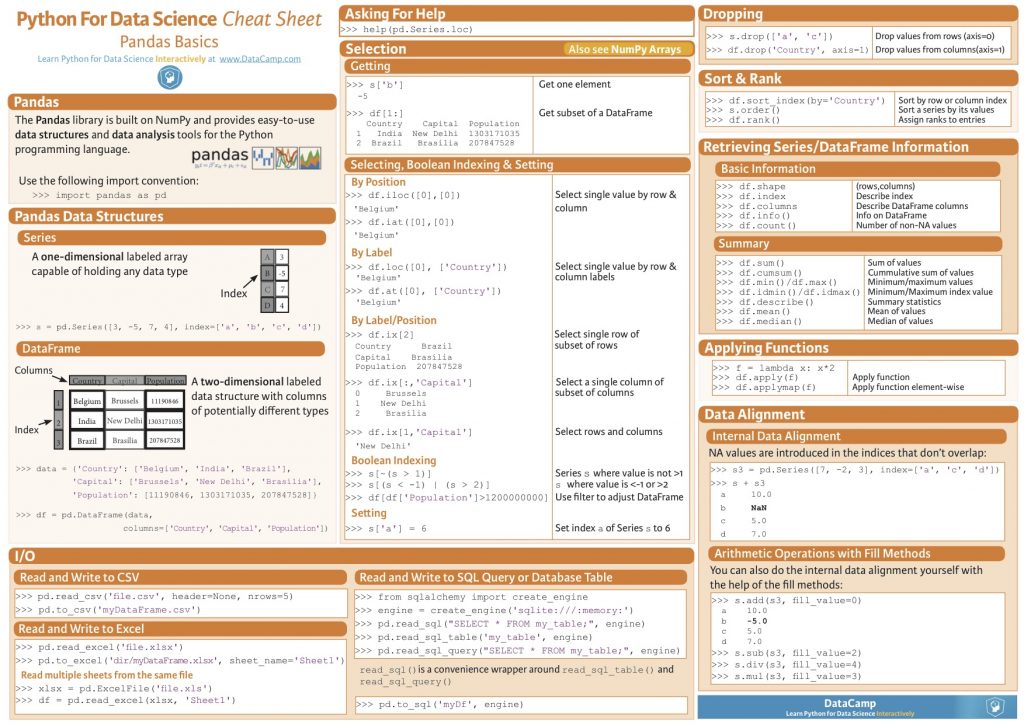
Sorting & Ranking
Another way to manipulate your DataFrame or Series is to sort and/or rank the values that are included in the data structures. Use sort_index() to sort by labels along an axis or sort_values() to sort by values along an axis. As you would have expected, rank() allows you to rank entries of your DataFrame or Series.
Retrieving DataFrame/Series Information
When you have finally gotten hold on data for your data science project, it might be handy to know some basic information about your DataFrames or Series, especially when that information can tell you more about the shape, the indices, columns and the number of non-NA values. Also any other information that you can get through info()will be more than welcome when you’re working with data that is unfamiliar or new to you.
Python Pandas Cheat Sheet
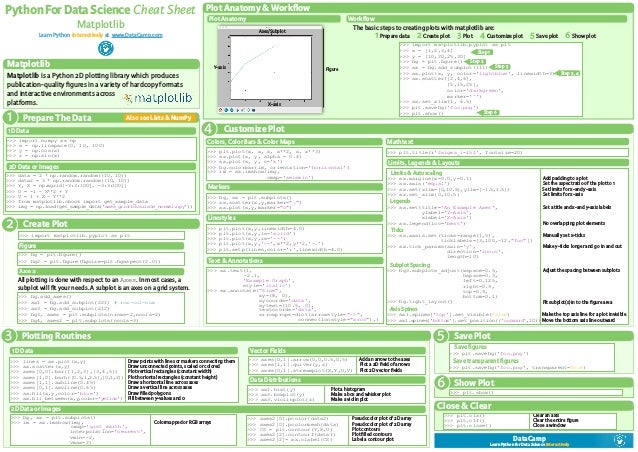
Next to the attributes and functions that you see on the left-hand side, you can also make use of aggregate functions to get to know your data. You’ll see that most of them should look familiar to you as functions that are frequently used in statistics, such as mean() or median().
Applying Functions
In some cases, you’ll also want to apply functions to your DataFrames or Series. Besides the lambda functions, which you might already know from DataCamp’s Python Data Science Toolbox course , you can also use apply() to apply a function to the whole set of your data or applymap(), in cases where you want to apply the function element-wise. In other words, you’ll apply the function on each element of your DataFrame or Series. Do you want to see some examples on how this works in practice? Try out DataCamp’s Pandas DataFrame tutorial.
Data Alignment
The last thing that you need to know to get started with Pandas is how your data gets handled when your indices are not syncing up. In the example that the cheat sheet gives, you see that the indices of s3 aren’t equal to the ones your Series s has.
This could happen very often!
Pandas Cheat Sheet Datacamp
What Pandas does for you in such cases is introduce NA values in the indices that don’t overlap. Whenever this happens, you could pass a fill_value argument to the arithmetic function that you make use of, so that any NA values are replaced with a meaningful alternative value.
Now that you have seen the separate components that make up the basics of Pandas, click the image below to access the full cheat sheet.
DataCamp is an online interactive education platform that that focuses on building the best learning experience specifically for Data Science. Our courses on R, Python and Data Science are built around a certain topic, and combine video instruction with in-browser coding challenges so that you can learn by doing. You can start every course for free, whenever you want, wherever you want.
Bio: Karlijn Willems is a data science journalist and writes for the DataCamp community, focusing on data science education, the latest news and the hottest trends. She holds degrees in Literature and Linguistics and Information Management.
Python Pandas Cheat Sheet Pdf
Related:
